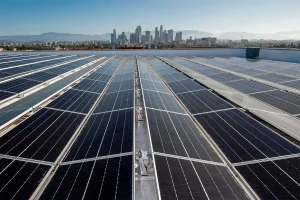Basic information about Geology is easily available in schools and colleges for geoscientists, but many people are not aware of the basic concepts behind the Earth’s surface. This article will provide you with the basic information that you need to know about Geology, as well as some very interesting data on the Earth’s history. The Earth is composed of the core or crust of the planet, the silicate, rock powder, and water. Geologists study the earth’s surface using a variety of tools like x-rays, Surveys, and Lidar. Check these resource paper from Michael Osland.
Geology is concerned with the study of Earth’s surface including rock formation, the composition of rocks, and mineralization. One way to study the world around us in the Geology community is to use scientific data like erosion, fault lines, and strata. Another is to utilize drilling techniques to produce a large amount of data. Most of the earth’s mountains are named after the deposits that hold them together. There are many different types of drill holes including wireline, hole drilling, and tilt, laser, and lWD.
The study of the physical properties of the Earth includes many processes such as fault movement, tectonics, magmatism, and earthquakes. Another is to understand how these physical properties change over time through processes like General Religence, plate movements, and tectonic deformation. The study of structural geology studies structural geologic evidence such as the presence and absence of voids, fractures, and other structural defects. This involves understanding the relationship between the structure and composition of the Earth, and how those composites affect the Earth’s climate and physical properties.

Coastal and ocean drilling programs are used to collect basic information about the Earth’s surface. Coastal and ocean drilling programs are often conducted by the National Oceanography Department and the Bureau of Land Management. A shipboard scientific party is sent to a site by the drilling contractor or scientists, in order to collect core samples from the area being surveyed.
The core samples and other research data are then sent to a remote laboratory for analysis by qualified scientists from the National Oceanography Department and the Bureau of Land Management. These researchers will compile the research data into the scientific reports called “ODP initial reports”. From the ODP initial reports, a geological description of the site is generated. The next step is to analyze the ODP initial reports. For land topography, such as cliffs and faults, the land surface elevation data and elevations are compared to the ODP initial reports.
After the ODP initial reports are compiled, the data is then analyzed by experts from the different agencies involved. From the analysis, the scientists will generate a report called a science report. The report will then be discussed at an international workshop. It is important that the findings of the scientific workshop to be reliable so that they can be used in future offshore oil and gas exploration programs. This is why international cooperation is so important.

